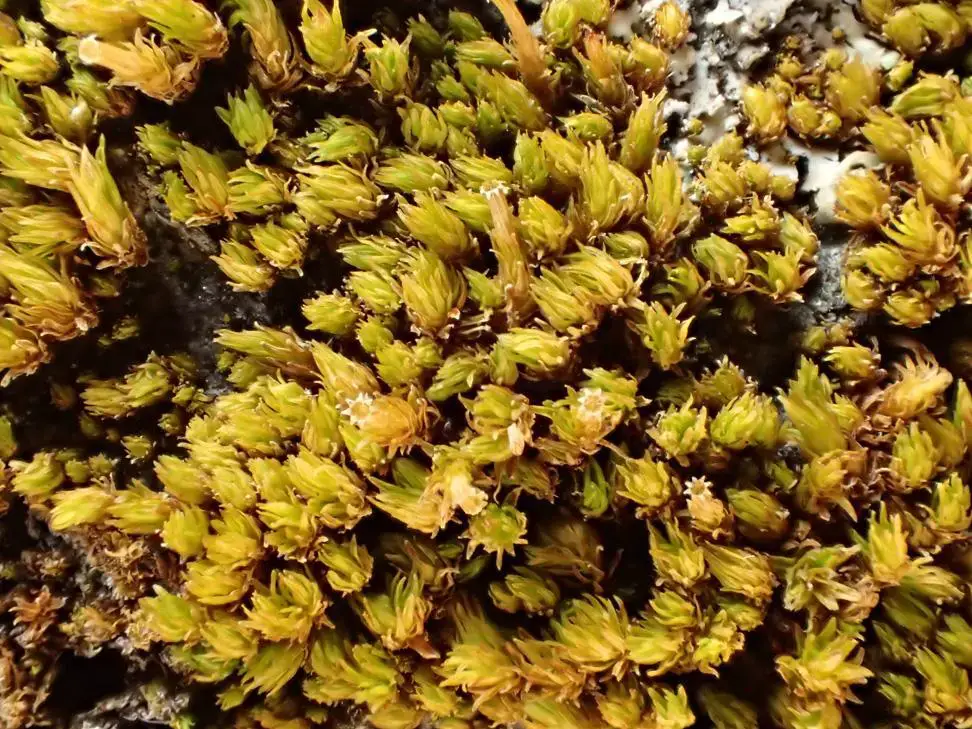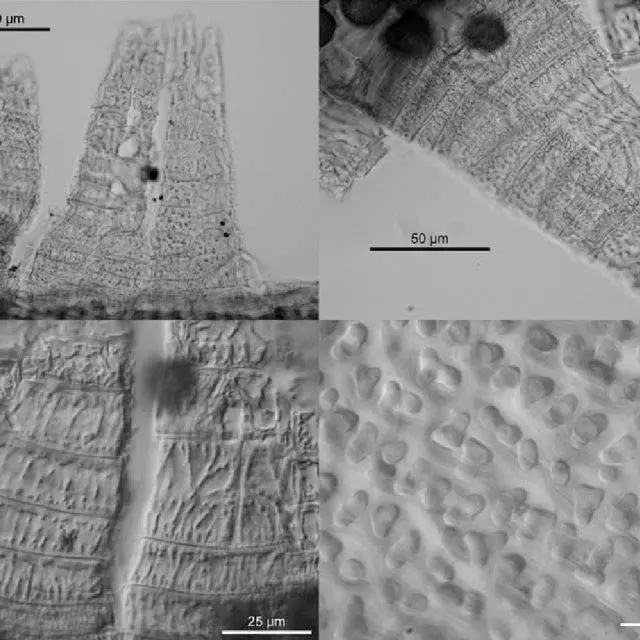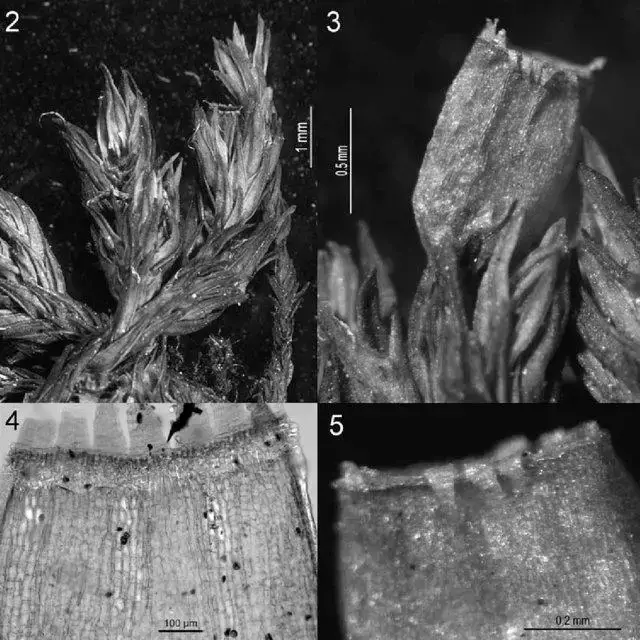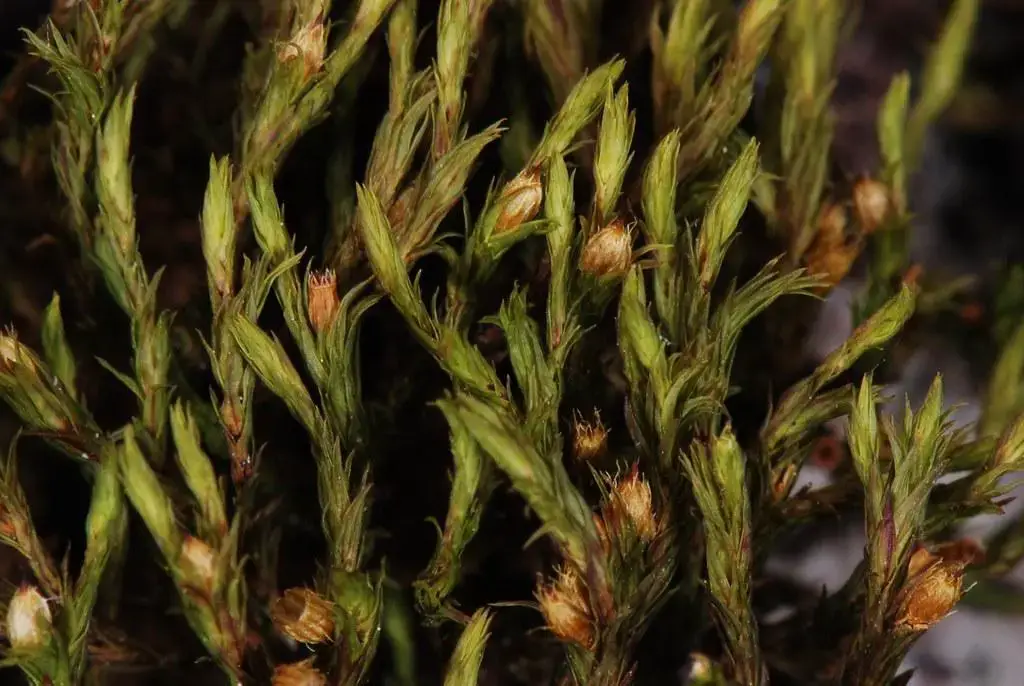
1c.jpg from: https://nathistoc.bio.uci.edu/Mosses/Orthotrichum 2/index.html
Orthotrichum shawii Wilson: A Fascinating Moss of the Orthotrichaceae Family
Introduction
The world of mosses is full of fascinating species, each with their own unique characteristics and ecological roles. One particularly interesting moss is Orthotrichum shawii Wilson, a member of the Orthotrichaceae family. In this blog post, we’ll take a closer look at this captivating bryophyte and explore its morphology, distribution, habitat, and ecological significance.

Figures-6-9-Orthotrichum-shawii-6-Partial-view-of-the-exostome-under-bright-field_Q640.jpg from: https://www.researchgate.net/figure/Figures-6-9-Orthotrichum-shawii-6-Partial-view-of-the-exostome-under-bright-field_fig3_236110937
Background
Orthotrichum shawii Wilson, commonly known as Orthotrichum, is a species of moss belonging to the Bryophyta division and Bryopsida class. It was first described by the renowned British bryologist William Wilson in the 19th century. Since then, it has captured the attention of botanists and nature enthusiasts alike for its distinctive features and ecological adaptations.
Morphology and Identification
Orthotrichum shawii forms small cushions or tufts, typically growing on the bark of trees or rocks. Its leaves are lanceolate in shape, with a pointed apex and margins that are often recurved. The leaf cells are rounded and thick-walled, giving the leaves a papillose texture. One of the most distinguishing features of

Figures-2-5-Orthotrichum-shawii-2-Habit-3-Dry-capsule-in-which-light-exothecial_Q640.jpg from: https://www.researchgate.net/figure/Known-distribution-of-Orthotrichum-shawii_fig1_236110937
O. shawii is its

16469632053_29d27167bc_b.jpg from: https://www.flickr.com/photos/paulsiriwilson/16469632053
capsule, which is cylindrical in shape and has 8 longitudinal ridges or furrows. The peristome teeth, structures surrounding the mouth of the capsule, are in pairs and reflexed when dry.
Global Distribution and Habitat
Orthotrichum shawii has a wide distribution, found in various regions across Europe, North America, and parts of Asia. It typically grows in temperate and montane forests, where it can be found on the bark of deciduous trees such as oak, maple, and beech. This moss prefers humid environments and can tolerate moderate levels of shade.
Ecological Roles and Adaptations
Like many other mosses, Orthotrichum shawii plays important ecological roles in its habitat. It contributes to nutrient cycling by trapping and retaining water and nutrients, which can then be utilized by other plants and organisms. The dense cushions formed by O. shawii also provide shelter and microhabitats for various invertebrates.
One of the remarkable adaptations of Orthotrichum shawii is its ability to withstand periods of desiccation. When conditions are dry, the moss can enter a dormant state, curling its leaves to minimize water loss. Once moisture becomes available again, it can quickly rehydrate and resume its metabolic activities.
| Characteristic | Description |
|---|---|
| Division | Bryophyta |
| Class | Bryopsida |
| Family | Orthotrichaceae |
| Genus | Orthotrichum |
| Species | O. shawii |
| Leaf shape | Lanceolate |
| Capsule | Cylindrical with 8 furrows |
| Habitat | Temperate and montane forests |
Conclusion
Orthotrichum shawii Wilson is a prime example of the incredible diversity and adaptability found within the world of mosses. Its unique morphology, wide distribution, and ecological roles make it a fascinating subject of study for bryologists and nature lovers. The next time you find yourself in a temperate forest, take a moment to appreciate the intricate beauty of this remarkable moss. Who knows what other secrets and wonders the bryophyte kingdom holds?